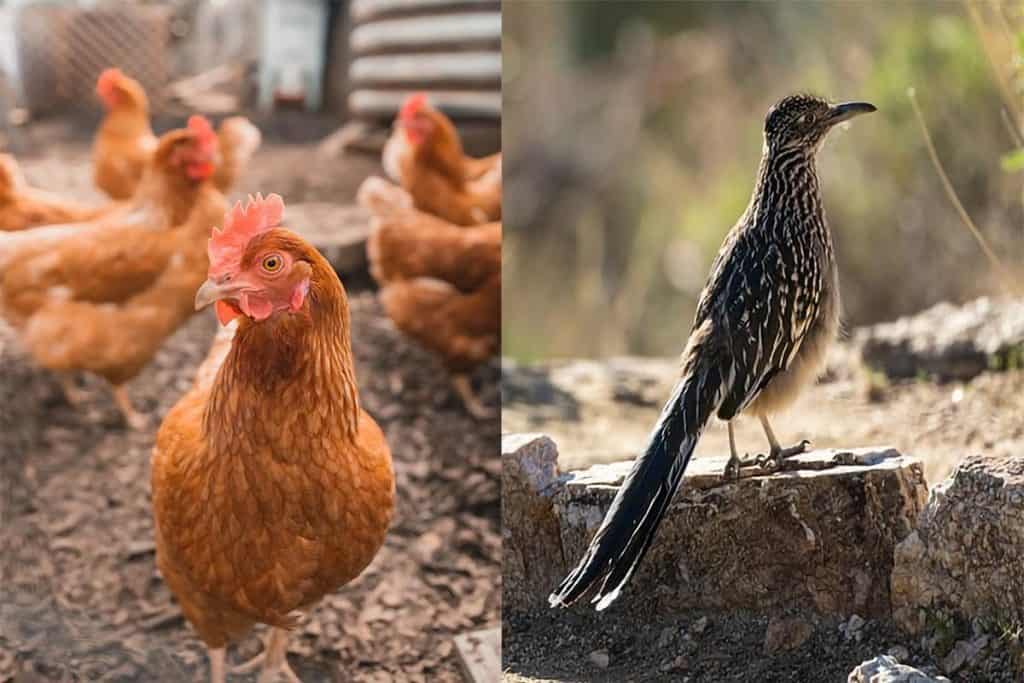When a disaster comes and you have to live off the land, rationing your supplies becomes extremely important for survival. In any survival scenario, food is an extremely valuable resource and preppers must be aware of how to keep their food safe to consume.
How to preserve meat in the wild? To preserve meat without the help of any technology, moisture must be extracted from the meat. This can be done by using heat, salt, smoke, or a combination of techniques and simple procedures. This prevents bacterial growth by depriving it of the conditions it needs to multiply.
Understanding the conditions that promote bacterial growth can help you in preserving all kinds of food. You will only need a few tools in order to successfully preserve meat in the wild. Once at hand, you can follow any of the instructions below according to your preference.
Conditions for Bacterial Growth
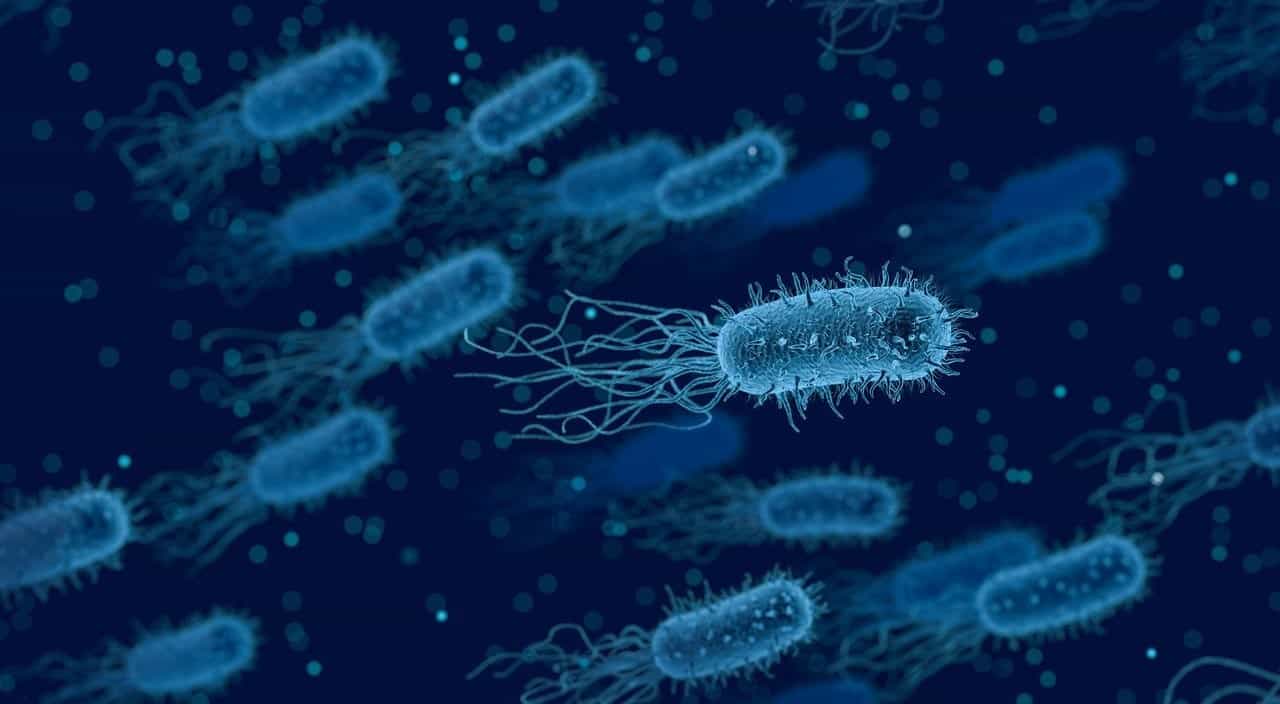
Bacteria is a diverse group of single-celled organisms that can be found anywhere in the world. Some types of bacteria are beneficial to humans, such as those that help us digest the food we eat. However, some bacteria can cause harm to us, such as the pathogens that cause various diseases.
Different kinds of bacteria thrive in different environments. As such, there are conditions favorable to their reproduction. The mnemonic “FATTOM” is a convenient way of remembering all the factors that contribute to bacterial growth:
- Food – foodstuffs that are moist and rich in proteins are more prone to bacterial growth. This includes any food sourced from an animal such as their meat.
- Acid – bacteria cannot survive in acidic environments. This is the reason lemon juice and vinegar are great preservatives. Likewise, alkaline foods can also deter bacterial growth.
- Temperature – commonly referred to as the “danger zone,” temperatures between 40°F-140°F (4°C-60°C) can stimulate rapid bacterial growth.
- Time – bacteria need time to reproduce. When left unmitigated, bacteria can multiply at exponential rates.
- Oxygen – certain types of bacteria can only reproduce if there is oxygen present. Oppositely, there are kinds of bacteria which can only reproduce in oxygen-free environments.
- Moisture – the moister a food is, the faster bacteria can reproduce. This makes dehydration and freezing effective food preservation techniques.
Necessary Tools for Preserving Meat in The Wild
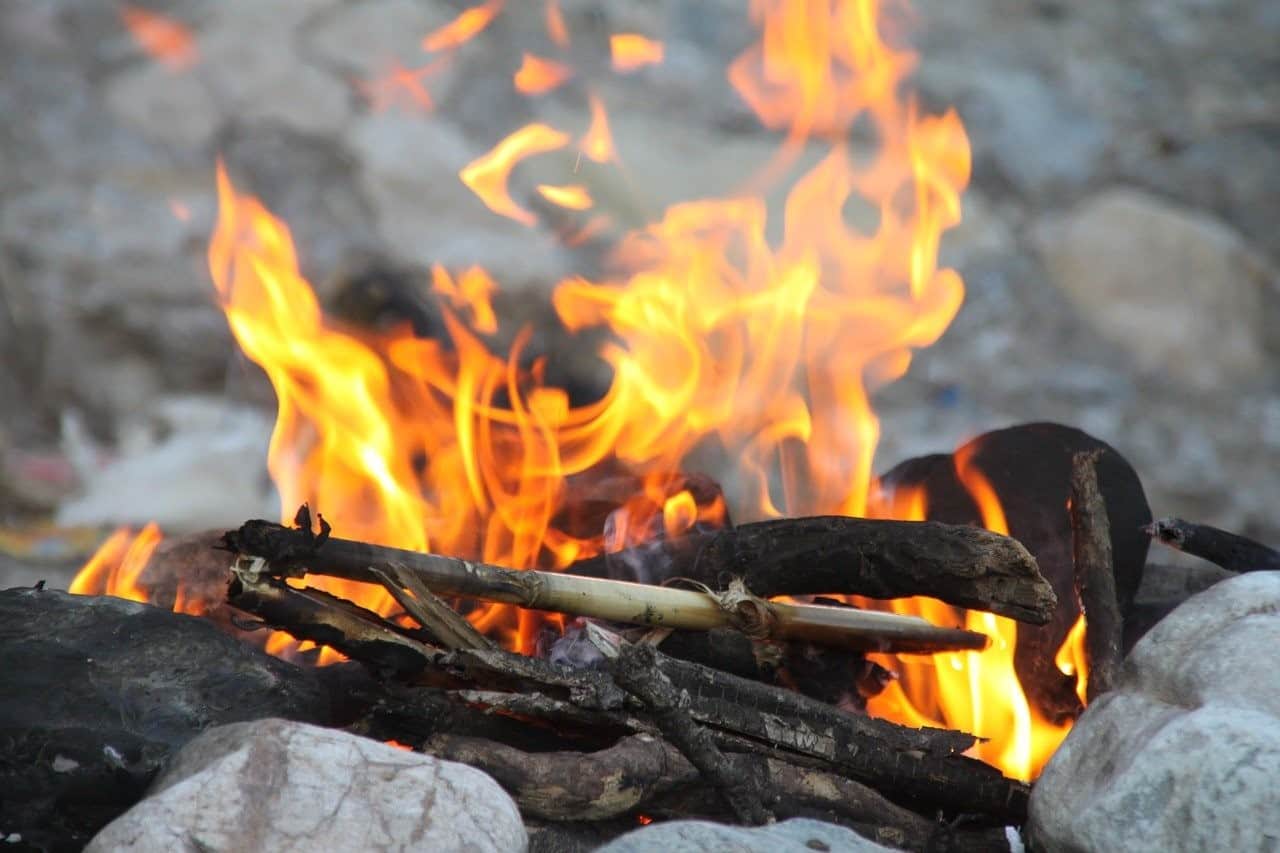
With the conditions for bacterial growth in mind, preppers should be aware of the necessities to preserve meat in the wild.
- Knife – properly cutting up the meat at hand can make preservation easier. A sharp knife can easily cut meat into thinner strips so as to let it dry quicker.
- Water – this is used to clean the raw meat before proceeding with preservation. Moreover, some techniques also call for water to be added as a preservative.
- Fire – the smoke and heat generated from a fire are essential in preparing the meat to be preserved.
- Smoke rack – this is used to place strips of meat over fire in the process of smoking.
Weather conditions in your area also play an important role in food preservation. Consistent sunlight is an essential aspect, as it is the easiest and most accessible way of drying meat. In contrast, frequent rains or strong winds are detrimental to the process.
Some preservation techniques only take minutes, while some may take days to finish. Thus, time is also something to consider: if you cannot afford to stay at one place for an extended period of time, then some techniques may not be suitable for you.
Drying
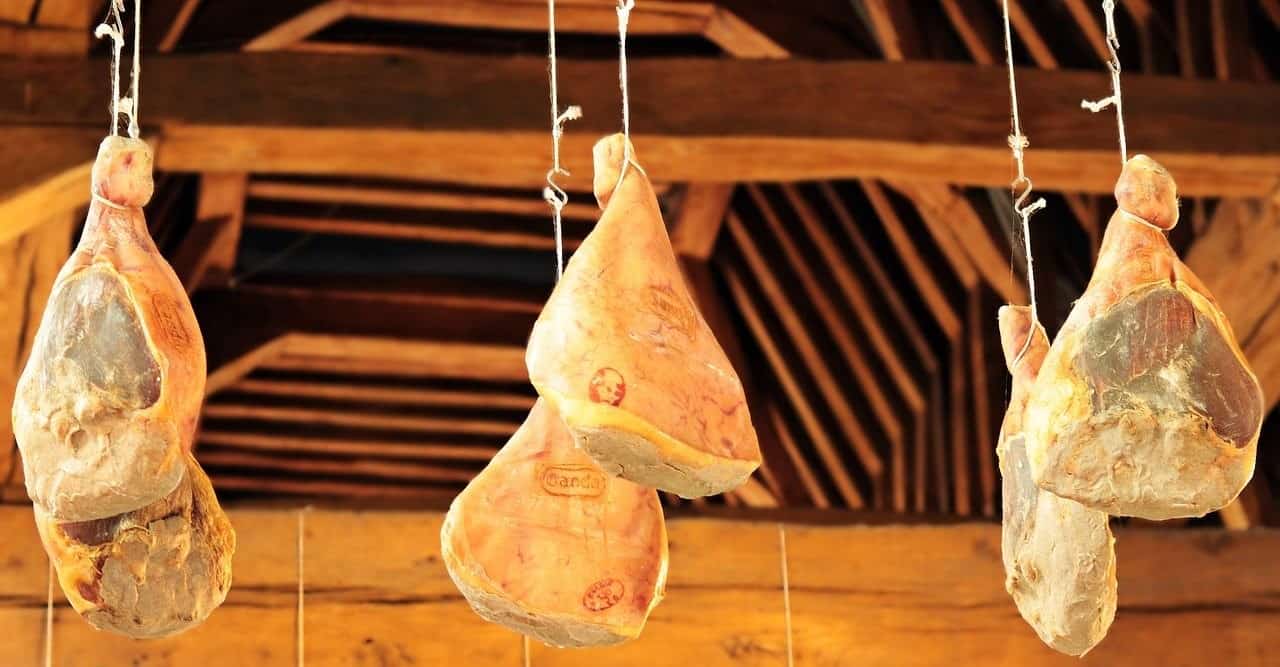
The simplest method available is to simply leave the meat out under the sun. Using your knife, cut the meat into thin straps to quicken the process, as thick slabs of meat will take longer to dry.
This process typically takes 12 to 16 hours to complete depending on weather conditions and how much sunlight is available in your area.
You can opt to use a drying rack made of wood on which you would lay the strips. This ensures that the meat will dry out evenly. Otherwise, you can leave the strips of meat on a rock, though you have to remember to flip it halfway through or else it will not completely dry out.
Putting the strips of meat in a meat bag would provide an extra layer of protection against bugs and other critters. In the absence of meat bags, thin nets made of mesh will do the trick.
The unpredictability of weather patterns is the main disadvantage when drying meat. This would not work without consistent sunlight. Some areas get unexpected rain here and there, some may experience cloudiness or fogginess which limits the amount of available sunlight.
Salting/Curing
Evident in the name of the technique, adding table salt to the meat is also another way of dehydrating it. Salt is able to draw out moisture through osmosis, replacing water molecules in the meat with salt molecules until the amount of salt molecules both in and out of the meat becomes equal.
The loss of water molecules lessens the product water activity, which refers to the amount of free water molecules within the food. Most fresh foods have a 0.99 product water activity and lowering it to 0.94 can already suppress bacterial growth. Research also suggests that salt decreases the oxygen solubility of cells within the food, which results in limited growth as well.
Salting, also known as curing, has two kinds: dry curing and wet curing.
Dry Curing
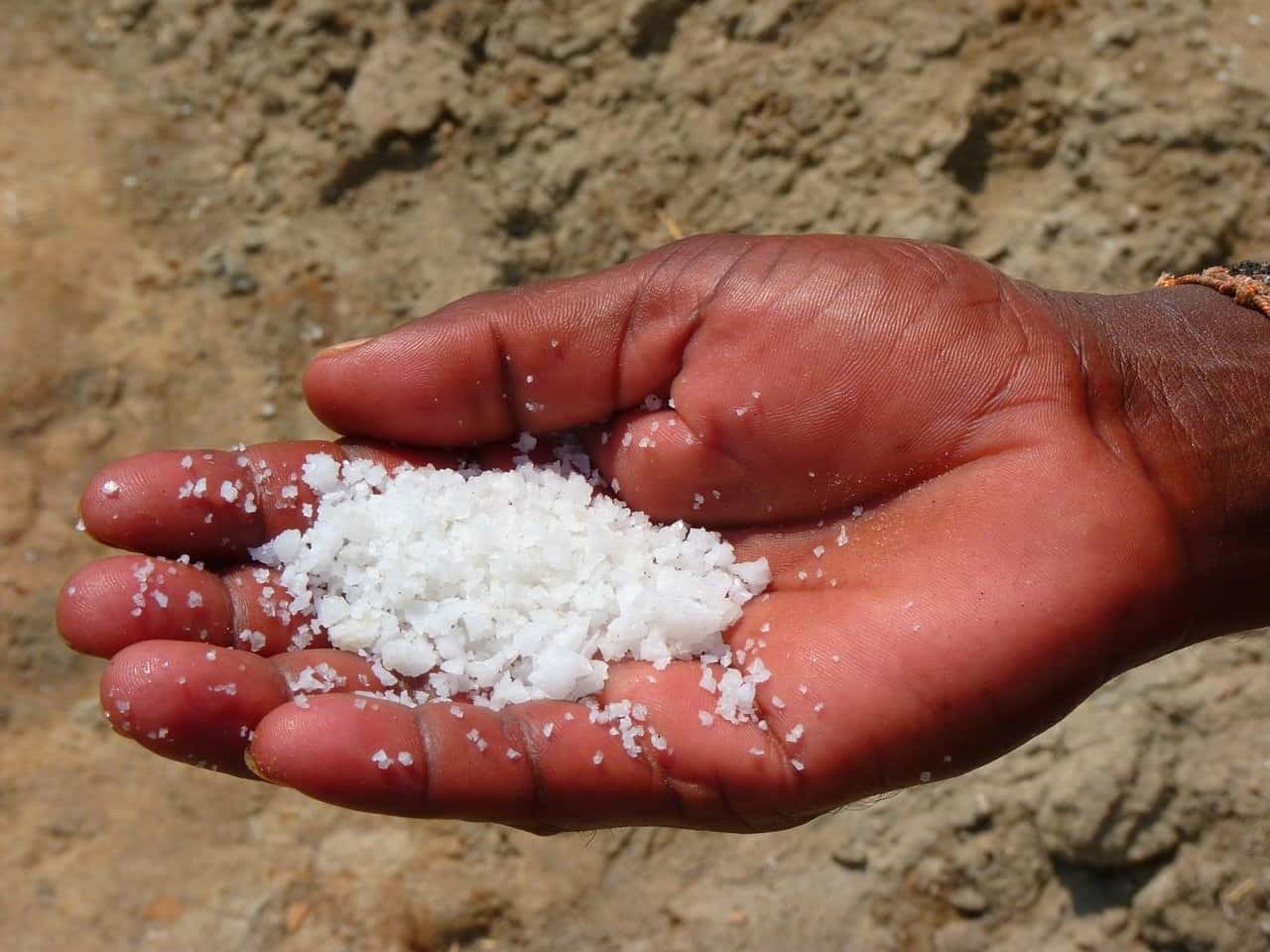
Dry curing is the simpler of the two kinds. You only have to rub salt all over the meat, then let the water dry out and evaporate.
Although the use of standard table salt is sufficient, curing salts are specifically designed for preserving meat. It is a combination of table salt and sodium nitrite, which prevents the growth of toxins that cause foodborne botulism. Botulism is a rare but serious illness that causes paralysis, nausea, difficulty breathing and swallowing, blurred vision, and other symptoms.
The addition of sugar into the rub will counter the saltiness of the meat and encourage Lactobacillus growth. It is a beneficial kind of bacteria that can help in digestion and absorption of nutrients and strengthening our immune system against other harmful microorganisms.
Adding black pepper can help deter flies once you let it hang to dry after the curing process. However, you are free to add any spice or seasoning of your choice to the rub to enhance the resulting flavor.
The surface and tools you are working with must be consistently cleaned and sanitized to avoid introducing different kinds of microbes to the meat.
Similar to drying, it is best that you put the salted meat in a meat bag, or a thin net made of mesh to protect it from insects and bugs.
The amount of time it takes for meat to cure depends on the density of its proteins and connective tissue, and its thickness. Thick slabs of meat take longer to cure, so it is advisable that you slice your meat into thinner strips to quicken the process.
Store the meat in an airtight bag within a cool area to let it cure. Generally speaking, the curing process would need 7 days per inch of meat to be successful. The thinnest slices of meat could take around a week to effectively cure, while large bulks of meat could take up to months.
Once the curing process is done, rinse it of the salt and let it fully dry. When the meat has lost 30% of its weight, it is ready to consume.
Wet Curing
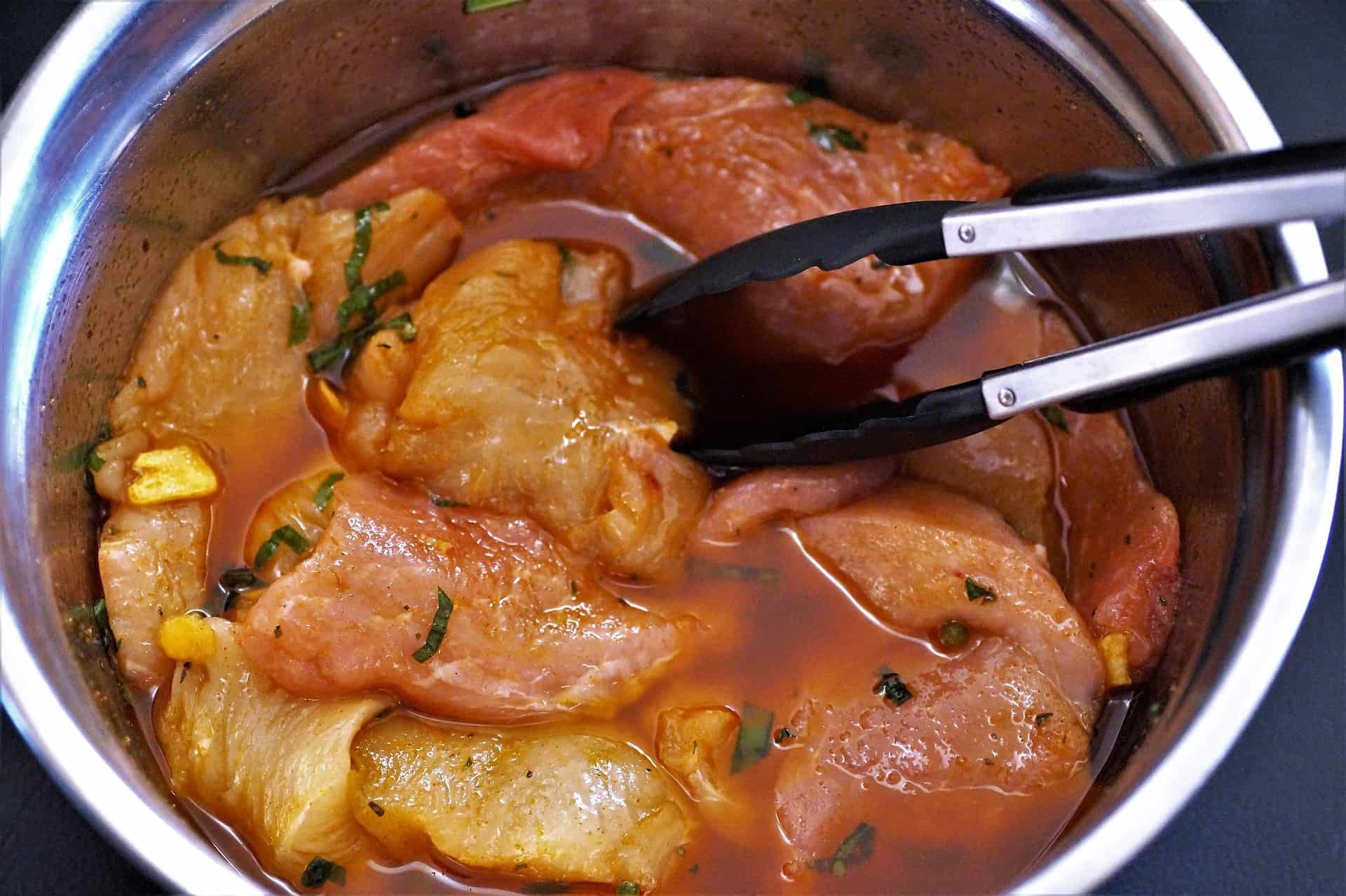
Wet curing is done by adding salt to water. Traditional brines usually involve a ratio of 1 cup of table salt every 1 gallon of water. The ratio gets adjusted depending on the size of the crystal and brand of salt. For example, if you use kosher salt, you may need to use 1 ½ to 2 cups for every gallon of water.
Once the base is prepared, you are free to add sugar, herbs, or spices to further flavor your brine. Submerge the meat in this mixture for 5 minutes before leaving it out to completely dry. Once it is dry, rub a layer of salt onto the surface of the meat to inhibit bacterial growth.
Store the cured meat in an airtight and oxygen-free container to further limit bacterial growth.
Again, it is important that once the curing process is finished, you hang the meat to fully dry before eating it. At least 30% of its weight must be lost before it is ready for consumption.
Additionally, wet curing and brining are very similar techniques. The difference is that in brining, you leave the meat submerged in the marinade. This is the best option if dehydrating the meat is impossible.
A variation of wet curing is called the Biltong, wherein you marinade pieces of meat in vinegar with seasonings and spices of your choice for several hours. After, hang the meat to let it dry under a shade or in a relatively cool area for as long as two weeks. Bacterial growth is significantly hindered by the acidity of the vinegar, the salinity from the salt, and the dehydration after drying out.
Any variation of the curing technique can preserve meat for several months.
A disadvantage of this process lies in the amount of salt you have to carry. Especially when you have to constantly be on the go, the weight of the salt may slow you down. It might also take up a lot of valuable space in your bag.
Moreover, you are likely to run out of salt quickly. Make sure to pack enough to last you the entire trip or use it wisely and sparingly so as not to empty your reserves.
Whether you go with a dry cure or a wet cure, the meat you prepared will be safe to consume for several months. Additionally, fully drying the meat can result in jerky, which is essentially just dried and salted meat.
Smoking
Smoking is another technique for game preservation. With smoke, not only are you dehydrating the meat, but you are also allowing the development of an acidic surface on the meat, doubling the protection against bacterial growth. Additionally, the smoke also improves the flavor profile of the meat.
Smoking is usually done in combination with drying and curing. This boosts the flavor and shelf-life of the meat.
Having the right kind of wood is important in smoking. Dry hardwood such as oak, hickory, and maple is the ideal wood to utilize. Dry hardwood will burn properly (as opposed to wet wood), will not give the meat a bitter taste (as opposed to softwood, as a result of its pitching), and provide preservatives, such as formaldehyde and alcohol.
There are two kinds of smoking: hot smoking and cold smoking.
Hot Smoking
Place the smoke rack a small distance away to ensure that the slabs of meat will not get burned as it gets dehydrated. At least half a meter between the fire and the rack can prevent it from burning. If you have a thermometer at hand, the temperature within the canopy should fall within 109°F-160°F (43°C-71°C), though it is possible for temperatures to reach as high as 300°F (149°C).
This process takes 1-24 hours. Leaving it longer in the smokehouse prolongs its shelf life; left for two days, the meat will last for around a month.
Cold Smoking
Cold smoking is a much longer process. It takes at least 12 hours to complete, and you can opt to leave it going for more than 48 hours. Bigger chunks of meat may take up to 5 to 7 days.
While the aforementioned techniques require the bare minimum of tools and resources which can be found in nature, some alternative procedures call for specific equipment to help preserve the meat. These include preservatives.
Preservatives
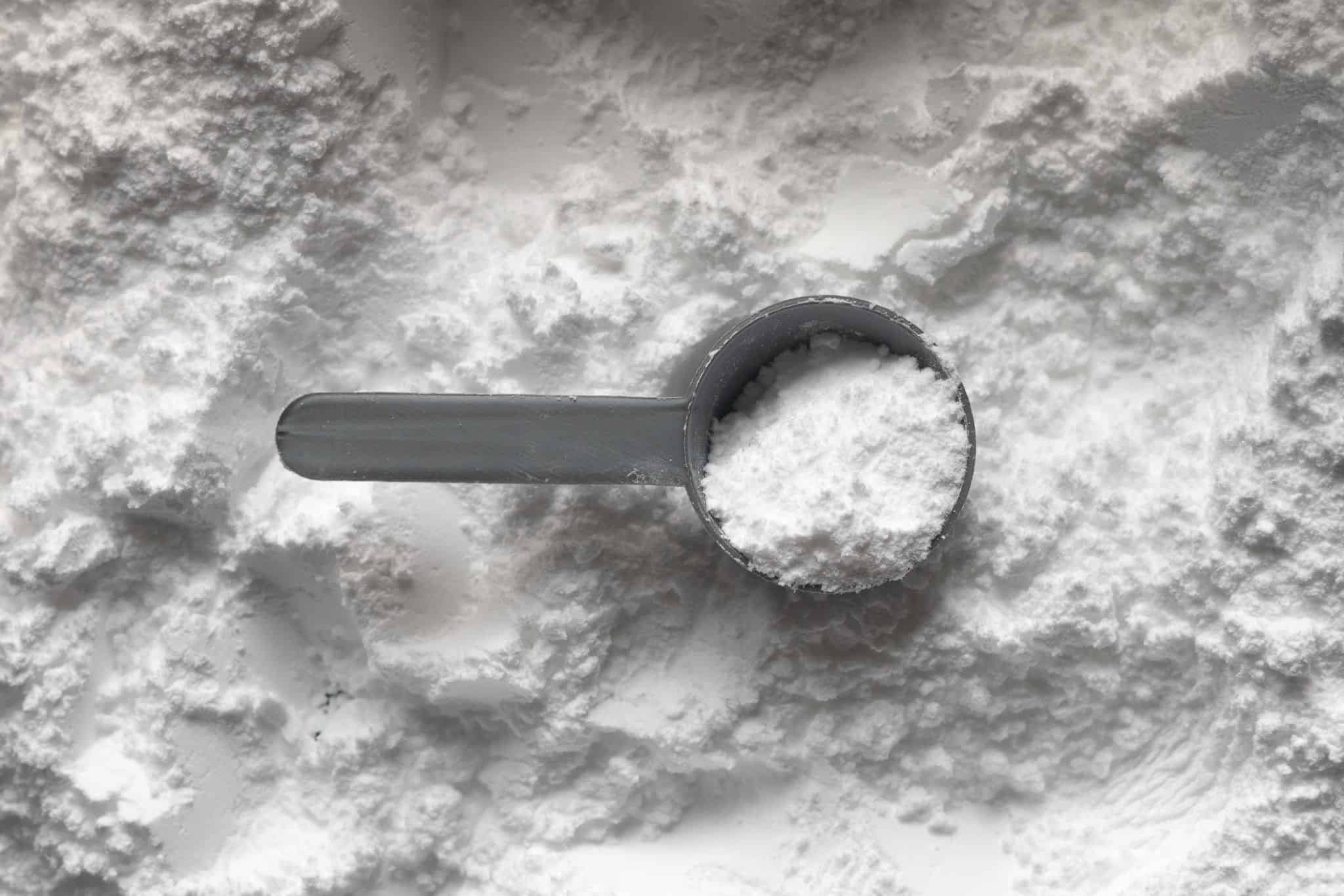
The purpose of adding chemical preservatives is to eliminate pathogens in the food or make it less conducive for bacterial growth. Organic acids are a kind of acid which can be added to foods as they are processed to preserve it. They are also naturally present in fermentation.
Citric acid is one of the most commonly used organic acid. It is especially effective in deterring the growth of thermophilic bacteria, which is the kind of bacteria that thrive in temperatures of 106°F to 252°F (41°C to 122°C).
Although citric acid is naturally found in citrus fruits such as lemons and limes, it can also be bought in powdered form. 1 ½ oz. of citric acid powder can be used per 100 lbs. of meat for preservation. Likewise, it can also be used as a seasoning for curing and smoking.
Additionally, citric acid extracted from fruits can preserve fresh produce such as other fruits, and even homemade skin products.
Citric acid is an economic resource to have as it serves multiple purposes. However, similar to salting, the downside of using powdered preservatives is that your supplies are limited. You may run out of powdered citric acid after making a few batches of dry rubs. Likewise, citrus fruits are not available in every region.
Final Thoughts
If you’re looking for the simplest and most economic technique to use, go for sun-drying. However, the catch is that the climate in your area must be consistently sunny for sun-drying to be effective. On the other hand, a combination of curing and smoking gives you more control on the flavor of the meat but requires more resources to accomplish. Ultimately, you have to weigh the pros and cons of each technique to see which would work best for you in an SHTF scenario.

